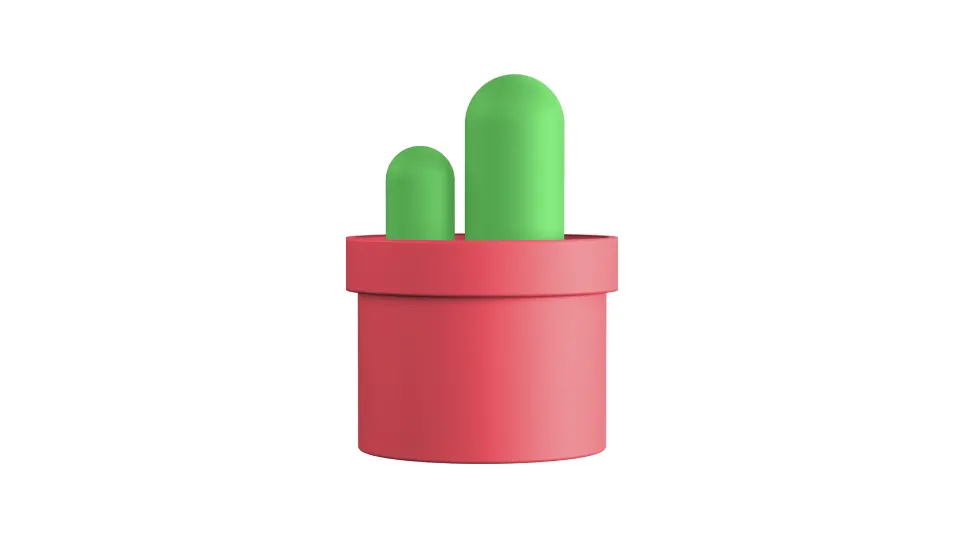Minimalism in web design is all about highlighting what matters, simplifying the experience, and removing anything that distracts the user. It also means reducing friction by cutting unnecessary steps, confusion, or interruptions. When the path is clearer, the site works better. In other words, minimalism isn’t just an aesthetic choice — it’s a strategic decision to help users move forward without distractions and find what they need quickly.

Why does it work so well for business websites?
A minimalist approach solves three very common problems found across business websites:
Most websites show too much information competing for attention. When everything tries to stand out, nothing does. Minimalism helps organize, prioritize, and guide the user’s eyes toward what truly matters.
Another frequent issue is lack of clarity. When a design is cluttered, users don’t know what to do first — read, buy, scroll, open the menu… By simplifying, the main message becomes clearer and the actions you want users to take become far more visible.
And of course, navigation is a critical point. A minimalist layout helps users orient themselves more easily: with fewer options and a well-structured menu, the experience becomes smoother. This reduces confusion and prevents drop-offs.
And a simpler journey always leads to one thing: more conversions.
Direct benefits for your business
A minimalist site provides measurable advantages:
Lightweight pages load faster, improving both user experience and search engine performance. A clear design also reduces user frustration — they find what they’re looking for with less effort and in less time.
All of this directly impacts performance: more clicks, more form submissions, more sales.
Minimalism also strengthens your brand identity, conveying order, professionalism, and consistency.
As an added benefit, minimalist websites consume fewer resources, contributing to a lower carbon footprint — in other words, a less polluting website. You can check your own site using this website carbon calculator.
How to apply minimalism to a website
Applying minimalism doesn’t mean leaving everything empty — it means making intentional decisions.
Colors: A limited color palette helps guide attention toward key elements like buttons and calls to action. Sticking to a few typography styles improves readability and helps build a coherent visual identity.
Navigation: Navigation is also part of the concept. A simple menu with a few well-organized options helps users move through the site without getting lost.
Content: Content should be clear and easy to scan: short paragraphs, direct headings, and well-defined visual hierarchy. We know you want to tell everything about your business — but to be read, you need to prioritize info, break it into meaningful sections, and give each page a clear purpose.
Images: Images should be used only when they add context or help tell the story — not as decoration. Calls to action should stand out without competing with surrounding elements.
The final goal is for users to find what they need naturally and effortlessly.
Is minimalism always the best choice?
It depends on the project. Websites with more complex functionality — platforms, dashboards, marketplaces — may require more elements on screen.
But even in those cases, applying minimalist principles helps information feel clearer and navigation more intuitive.
Conclusion
Minimalist web design is a powerful tool for creating clearer, faster, and more effective websites. At Bits Kingdom, we apply it because it improves user experience, optimizes performance, and boosts results in every project.



